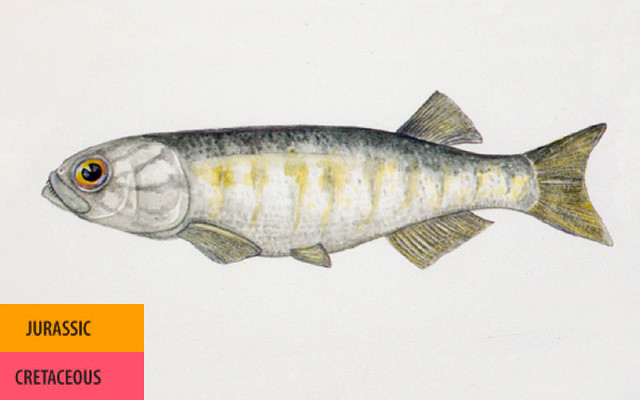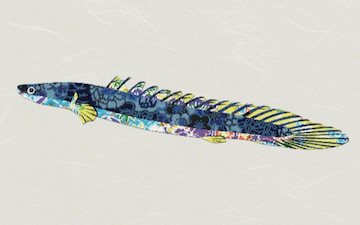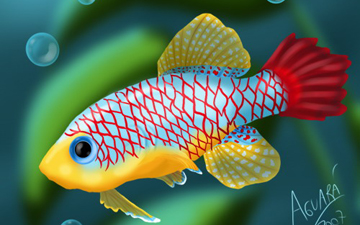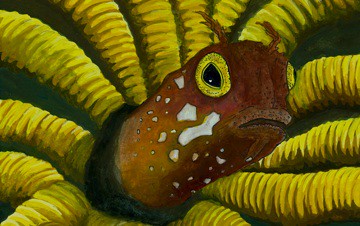Actinopterygii

Lycoptera
Lycoptera


EXTINCT | 2 POINTS
Play: MOVE of 1.
Fossils of these freshwater fish have been found in large groups, suggesting they congregated in sandbars.

Lanternfish
Electrona carlsbergi


5 POINTS
Play: Electrona carlsbergi has a MOVE of 2
Fact: Electrona carlsbergi can also feed on a Zooplankton SPECIES card

Saddled Bichir
Polypterus enlicheri


8 POINTS
• Polypterus enlicheri has a MOVE of 2.
• Polypterus enlicheri has poor eyesight. It primarily hunts by smell.

Nothobranchius foerschi
Nothobranchius foerschi


9 POINTS
• Nothobranchius foerschi has a MOVE of 2.
• Nothobranchius foerschi is native to Tanzania.

Spinyhead Blenny
Acanthemblemaria spinosa


4 POINTS
• Acanthemblemaria spinosa has a MOVE of 2. • It must be played adjacent to at least 1 compatible PLANKTON SPECIES or 1 compatible crustacea SPECIES of SCALE 4 or less.

Pajama Cardinalfish
Sphaeramia nematoptera


8 POINTS
• Sphaeramia nematoptera has a MOVE of 2.
• Sphaeramia nematoptera can only prey on compatible SPECIES with a SCALE of 4 or 5.